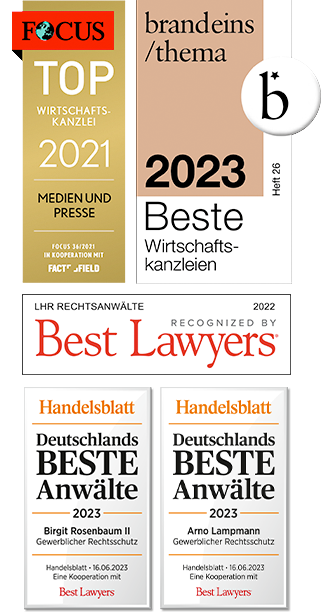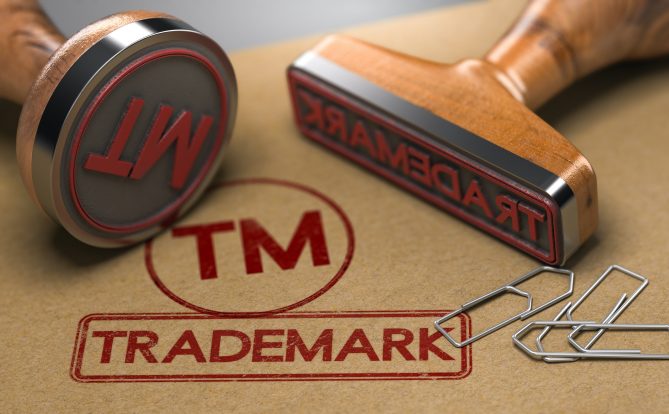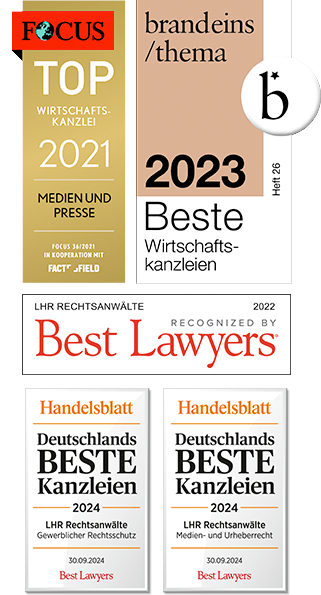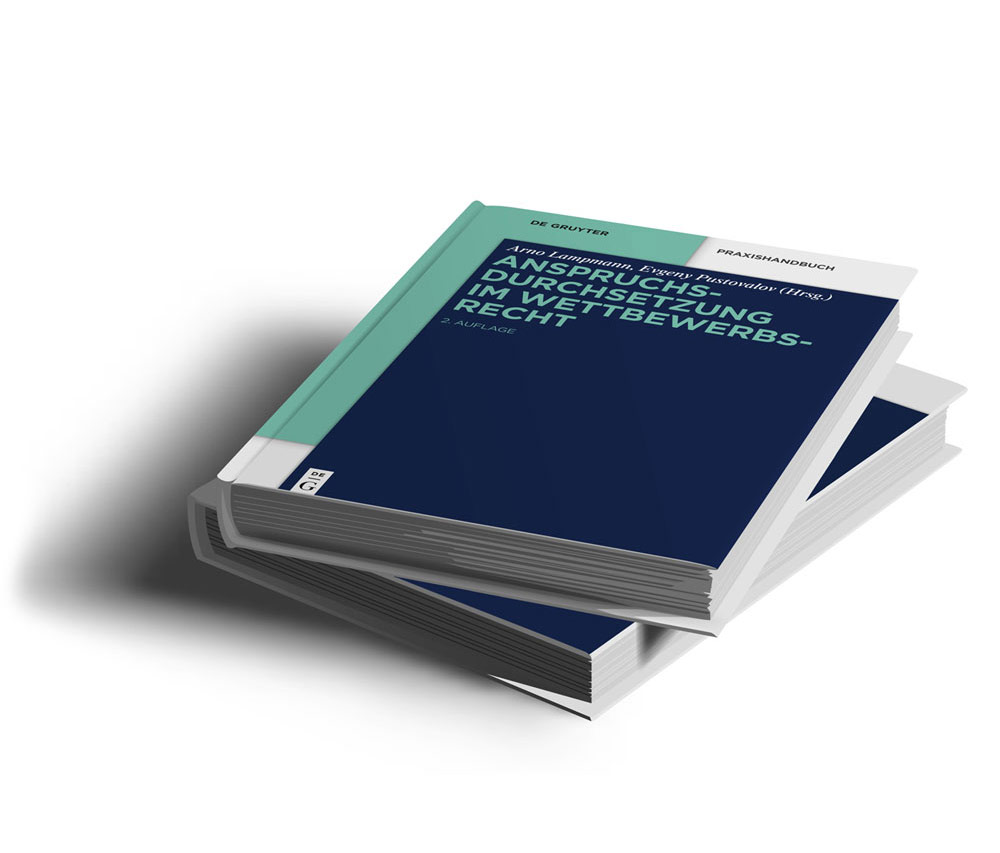LG Hamburg: Use of a company name as a metatag or tag is an infringement of trade mark law

The Regional Court of Hamburg recently dealt with the question of whether the use of a third-party trademark as a so-called metatag or tag infringes the trademark rights of the respective owner.
In the decision obtained by our law firm on 3 March 2016, case no. 312 O 95/16, the Regional Court ruled that a legally protected trademark may not be used as a tag (keyword) either invisibly in the source text (metatag) or visibly on one’s own website without the consent of the owner, unless a specific reference to the owner of the trademark right is made on these pages. The regional court also prohibited the use of the trademark within the URL.
(Meta) tags constitute trade mark use
Metatags are entries in the source code (HTML code) of a website. They are generally not visible to the Internet user on the website, but can only be viewed by specifically calling up the source code. However, metatags are found by search engines. If an identifier is used as a metatag, the corresponding website will therefore appear in the hit list, even if the identifier is not contained in the visible text and the domain. According to the case law of the Federal Court of Justice, use of a trade mark exists if the search engine ranking is influenced by the use of another person’s trade mark. The BGH assumes that the user is lured to the user’s website when searching for the third-party sign (BGH Urteil vom 08.02.2007, Az. I ZR 77/04). The fact that a metatag is not perceptible to the average Internet user does not prevent it from being used as a trade mark (BGH, WRP 2006, 1513, 1515).
Such use is only permitted in exceptional cases. For example, the use of a trademark in the source text of a website as a metatag can only be permitted if the trademark itself is used, for example, in connection with the sale of exhausted original goods within the meaning of Section 24 (1) MarkenG or as a description of the products offered within the meaning of Section 23 No. 2 MarkenG (vgl. z.B. BGH GRUR 2009, 1167; BGH GRUR 2007, 65, Tz. 20 ff, zu § 23 Nr. 2; BGH GRUR 2007).
If such a reference cannot be established on the pages, it must be assumed that the use of the sign serves to increase the accessibility of the own page by utilising the third-party sign. The owner does not have to accept this.
According to the decision of the Regional Court, if the above-mentioned requirements are met, it is irrelevant whether the trademark is used as a tag hidden in the source code or visibly on the website.
Use within the URL also constitutes an infringement
The principles outlined above also apply if the third-party trademark is used visibly within the path segment of your own website. The path segment of the URL is the part that follows the domain, shown in italics below:
https://www.lhr-law.de/en/magazine-en/trademark-law/lg-hamburg-use-o…f-trade-mark-law/
In this respect, the Regional Court followed a decision of the Hanseatic Higher Regional Court previously obtained by LHR. (OLG Hamburg, Beschluss v. 2.3.2010, Az. 5 W 17/10; wir berichteten here) connected. The decision is not yet legally binding.
We specialise in the protection of products, companies and personalities. If you are one of those affected by
Trade mark infringements, please call us or send us an e-mail.



